<< Our Photo Pages >> Rathgall Hill Fort - Hillfort in Ireland (Republic of) in Co. Wicklow
Submitted by Andy B on Monday, 10 May 2010 Page Views: 9747
Iron Age and Later PrehistorySite Name: Rathgall Hill Fort Alternative Name: Ring of the RathCountry: Ireland (Republic of) County: Co. Wicklow Type: Hillfort
Nearest Town: Tullow
Map Ref: S90227315
Latitude: 52.802157N Longitude: 6.66304W
Condition:
| 5 | Perfect |
| 4 | Almost Perfect |
| 3 | Reasonable but with some damage |
| 2 | Ruined but still recognisable as an ancient site |
| 1 | Pretty much destroyed, possibly visible as crop marks |
| 0 | No data. |
| -1 | Completely destroyed |
| 5 | Superb |
| 4 | Good |
| 3 | Ordinary |
| 2 | Not Good |
| 1 | Awful |
| 0 | No data. |
| 5 | Can be driven to, probably with disabled access |
| 4 | Short walk on a footpath |
| 3 | Requiring a bit more of a walk |
| 2 | A long walk |
| 1 | In the middle of nowhere, a nightmare to find |
| 0 | No data. |
| 5 | co-ordinates taken by GPS or official recorded co-ordinates |
| 4 | co-ordinates scaled from a detailed map |
| 3 | co-ordinates scaled from a bad map |
| 2 | co-ordinates of the nearest village |
| 1 | co-ordinates of the nearest town |
| 0 | no data |
Internal Links:
External Links:
I have visited· I would like to visit
AngieLake has visited here
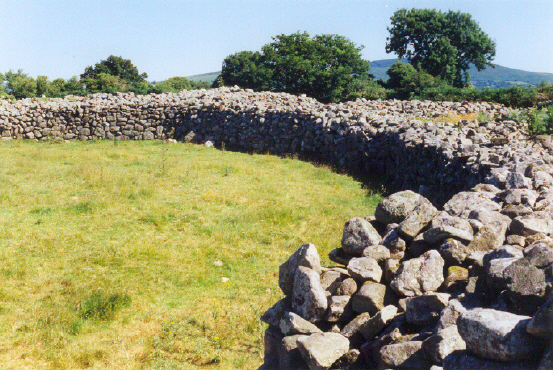
During this time, the majority of the finds dated from the Late Bronze Age, including the first Late Bronze Age metal workshop to be recognized in Ireland, a large circular house, and a large burial enclosure. Evidence suggests that Rathgall was occupied until Medieval times, and as a whole, provides important information and raises important questions about the under researched topic of Irish Hillforts.
Full report on Rathgall Hillfort pages (Archive Link)
Note: Review of a book celebrating the work of Barry Raftery, former professor of Celtic archaeology, see the comment
You may be viewing yesterday's version of this page. To see the most up to date information please register for a free account.
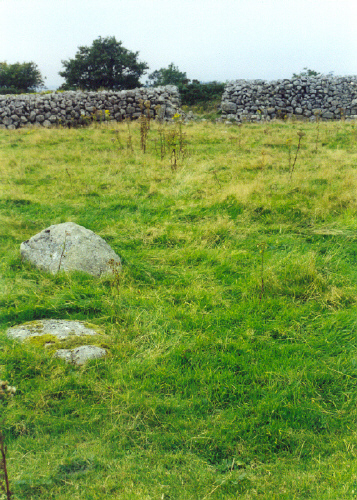
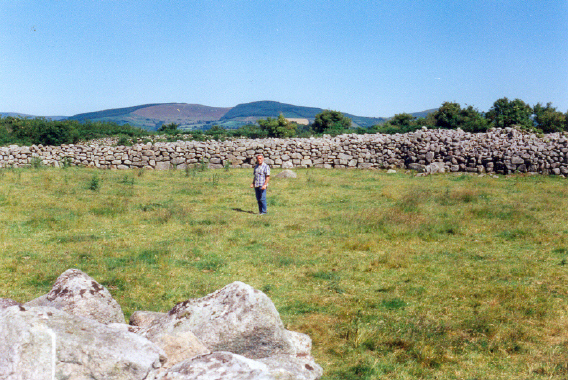
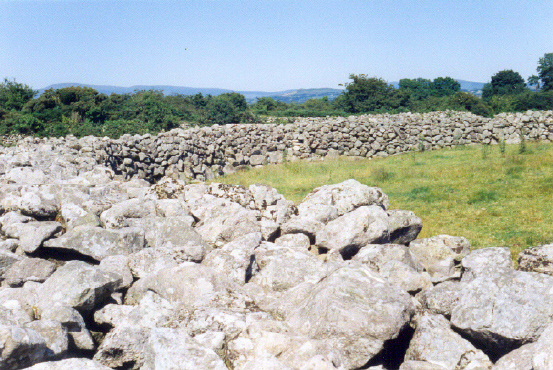
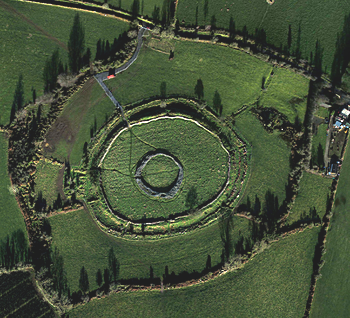
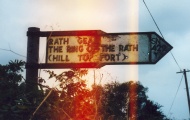

Do not use the above information on other web sites or publications without permission of the contributor.
Click here to see more info for this site
Nearby sites
Click here to view sites on an interactive map of the areaKey: Red: member's photo, Blue: 3rd party photo, Yellow: other image, Green: no photo - please go there and take one, Grey: site destroyed
Download sites to:
KML (Google Earth)
GPX (GPS waypoints)
CSV (Garmin/Navman)
CSV (Excel)
To unlock full downloads you need to sign up as a Contributory Member. Otherwise downloads are limited to 50 sites.
Turn off the page maps and other distractions
Nearby sites listing. In the following links * = Image available
266m WSW 237° Rathgall Destroyed Stone Circle Stone Circle (S900730)
4.8km N 359° Haroldstown* Portal Tomb (S90087793)
6.3km WSW 254° Ardristan* Standing Stone (Menhir) (S8413871337)
6.9km ENE 66° Clonmore* Ancient Cross
8.7km NNE 29° Churchmoor Hill North Cairn (SF905403)
15.2km WNW 285° Browne’s Hill* Portal Tomb (S7538476873)
16.0km N 7° Gates Of Heaven Burial Chamber or Dolmen
16.2km N 355° Baltinglass* Passage Grave (S8855289249)
16.4km NNE 13° Boleycarrigeen* Stone Circle
16.7km NW 316° Castledermot High Crosses* Ancient Cross
20.7km N 7° Castleruddery Stone Row / Alignment (S925937)
21.1km N 5° Castleruddery* Stone Circle (S9159394210)
22.5km NNW 331° Moone High Cross* Ancient Cross (S7891192693)
23.1km NNE 21° The Long Stone (Knickeen)* Standing Stone (Menhir) (S983948)
27.0km N 354° Tournant Stone Circle (N870000)
29.0km NNW 347° Brewel Hill Stone Circle (N833013)
30.1km N 6° Athgreany* Stone Circle (N930032)
31.1km NE 43° Glendalough settlement and pilgrim cross* Ancient Village or Settlement
31.3km NNW 347° Kilgowan* Standing Stone (Menhir)
32.6km NE 44° The Glendalough Cross and Deer Stone* Early Christian Sculptured Stone (T126969)
33.7km N 5° Whiteleas Stone Circle
34.5km N 6° Broadleas* Stone Circle (N9292507609)
34.6km N 349° Old Kilcullen High Cross Ancient Cross
34.6km WNW 287° Slatt Lower Stone Circle (S568827)
35.0km WNW 302° Druids Altar (Co. Laois) Stone Circle (S600910)
View more nearby sites and additional images


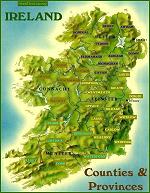

 We would like to know more about this location. Please feel free to add a brief description and any relevant information in your own language.
We would like to know more about this location. Please feel free to add a brief description and any relevant information in your own language. Wir möchten mehr über diese Stätte erfahren. Bitte zögern Sie nicht, eine kurze Beschreibung und relevante Informationen in Deutsch hinzuzufügen.
Wir möchten mehr über diese Stätte erfahren. Bitte zögern Sie nicht, eine kurze Beschreibung und relevante Informationen in Deutsch hinzuzufügen. Nous aimerions en savoir encore un peu sur les lieux. S'il vous plaît n'hesitez pas à ajouter une courte description et tous les renseignements pertinents dans votre propre langue.
Nous aimerions en savoir encore un peu sur les lieux. S'il vous plaît n'hesitez pas à ajouter une courte description et tous les renseignements pertinents dans votre propre langue. Quisieramos informarnos un poco más de las lugares. No dude en añadir una breve descripción y otros datos relevantes en su propio idioma.
Quisieramos informarnos un poco más de las lugares. No dude en añadir una breve descripción y otros datos relevantes en su propio idioma.